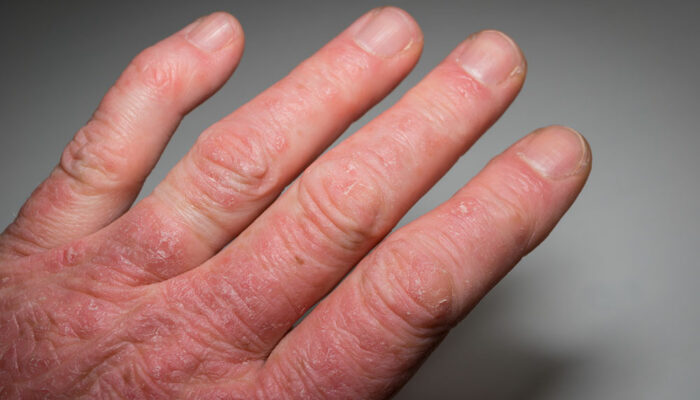
5 Best Treatments Options for Leukemia
Leukemia is the cancer of white blood cells or leukocytes. It is the most common kind of blood cancer affecting close to 50,000 people a year in the country. An abnormal count of white blood cells flooding the blood vessels results in a decrease in red blood cells and platelets. Symptoms like anemia, bleeding problems, and frequent infections occur when there are changes in the balance or proportion of these three blood cells.
Leukemia can be acute and rapidly progressive or chronic and slowly progressing. It can also be classified into myelogenous, affecting the bone marrow and leukocytes, or lymphocytic, affecting only white blood cells. Treatment options for leukemia include chemotherapy, radiation therapy, immunotherapy, targeted therapy, and bone marrow transplant.
1. Chemotherapy
As the name suggests, chemotherapy involves medicines or chemicals that kill or inhibit the multiplication of cancerous cells. These chemicals can be consumed as pills, administered intravenously, or injected subcutaneously. Chemotherapy treatment is given in cycles, a few days of treatment followed by a recovery period to not overwhelm the body. The treatment process involves a period of induction and intensification. Some patients may require maintenance chemotherapy to prevent the recurrence of cancer. Side effects of chemotherapy include damage to the hair, mouth, gastrointestinal tract, and bone marrow. Fatigue, loss of nails, nausea, and vomiting are also common.
2. Radiation Therapy
Radiation focuses on sites of collection of cancer cells to kill them or stop their growth. Radiation therapy uses X-ray or high-energy beams. Radiation focuses attention on one area of the body, or sometimes the entire body is irradiated. Sometimes this treatment is used to prepare the patient for a bone marrow transplant. Side effects of this leukemia cancer treatment depend on the intensity of the radiation, frequency of treatment, and other comorbid diseases. Typical problems that arise as side effects are dryness, itching, and blistering of the skin. Fatigue, nausea, tooth decay, difficulty swallowing, loss of appetite, bowel problems, and bladder irritation are other side effects. Radiation pneumonitis, sexual issues, and infertility are other repercussions.
3. Immunotherapy
This biological therapy uses treatments to boost the body’s immune system. There are many kinds of immune therapies.
- CAR T-cell therapy modifies T-cells to fight cancer.
- Cancer vaccines work the same way as other vaccinations. These vaccines trigger the immune system to fight cancerous tissues.
- Cytokine treatments like GM-CSF, interleukins, and Interferons also boost the immune system.
- Another immunotherapy uses oncolytic viruses. It involves modifying viruses to infect cancer cells.
- Monoclonal antibodies are proteins synthesized in laboratories that attack specific parts of cancer cells.
Side effects of immunotherapy include skin reactions, flu-like symptoms, muscle aches, sinus congestion, hormone changes, headaches, and diarrhea.
4. Stem cell replacement therapy
Stem cell therapy helps treat myelogenous leukemia patients. Here, new healthy bone marrow replaces defective bone marrow. There are two types of stem cell transplants. Autologous stem cell therapy uses stem cells from the patient himself/herself. An allogeneic stem cell replacement therapy looks for an approximate match from a donor. The Human Leukocyte Antigens (HLA) test helps match the donor to the patient. Radiation is also used in this treatment to eradicate faulty bone marrow.
5. Targeted therapy
Targeted therapy is a cancer treatment that uses medicines to precisely target specific genes and proteins involved in cancer cells’ growth and survival. They work by either blocking signals that encourage cancer cells to grow and divide, preventing cancer cells from living longer than other cells, or killing them. There are two types of targeted therapies – monoclonal antibodies or small-molecule drugs.



